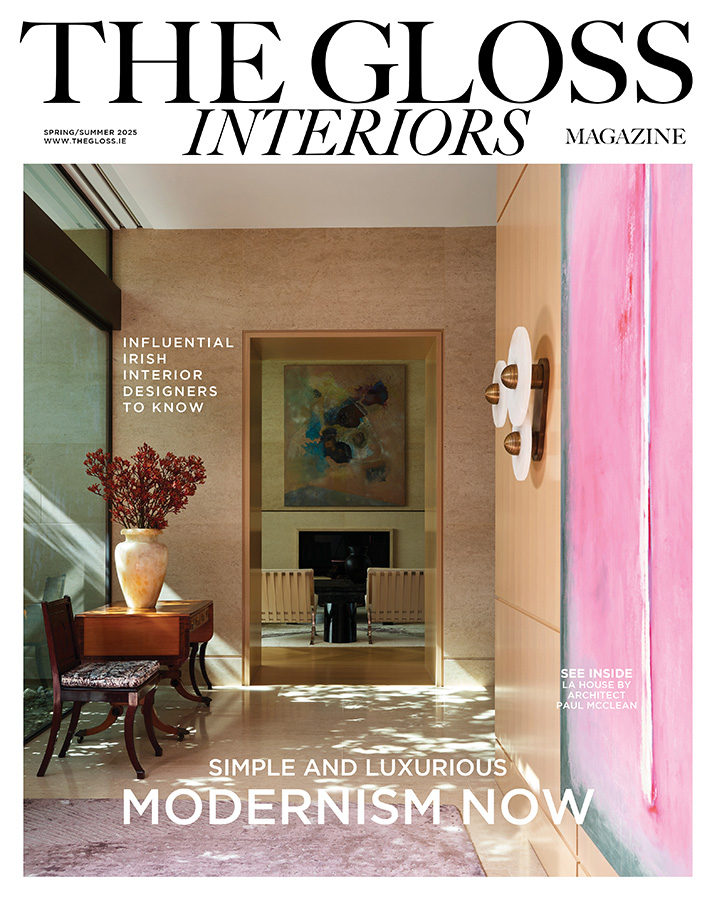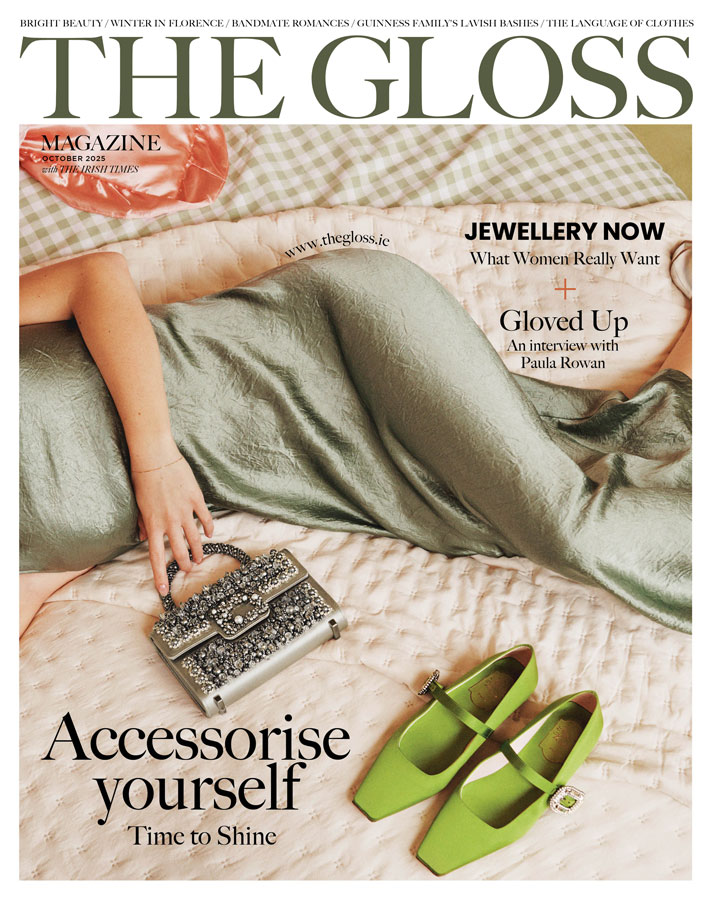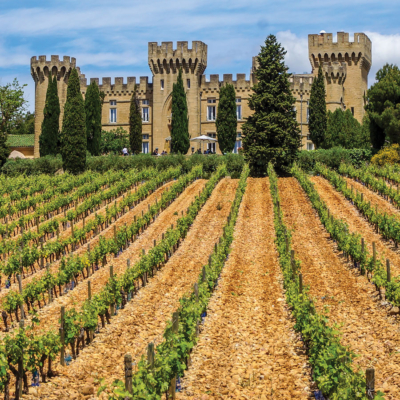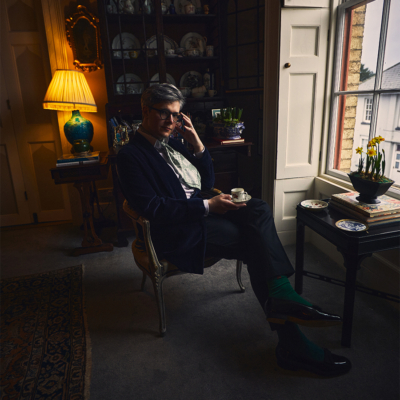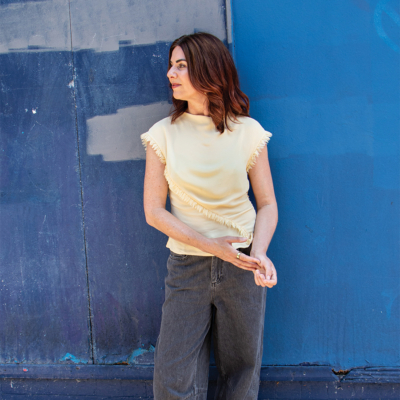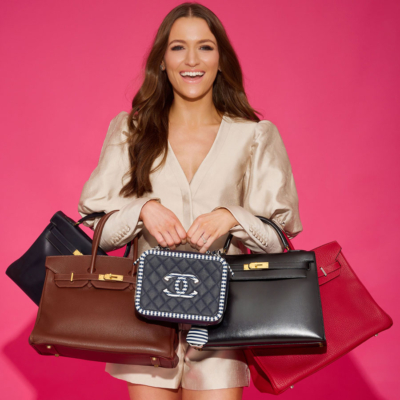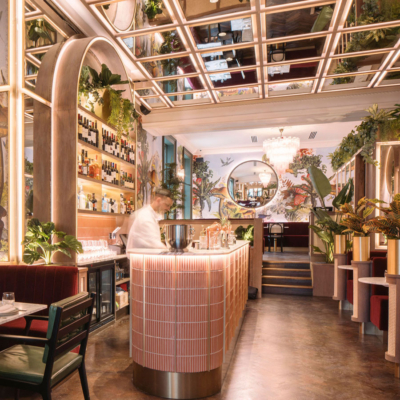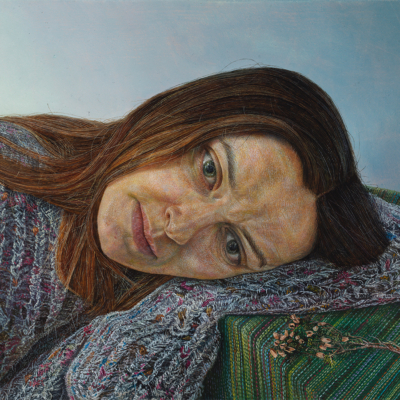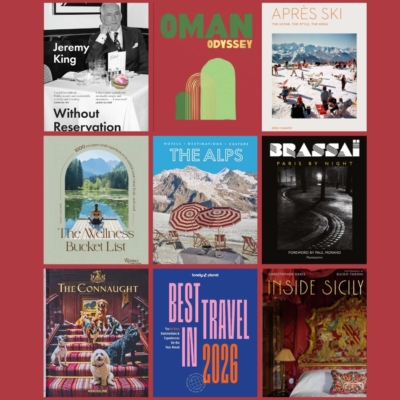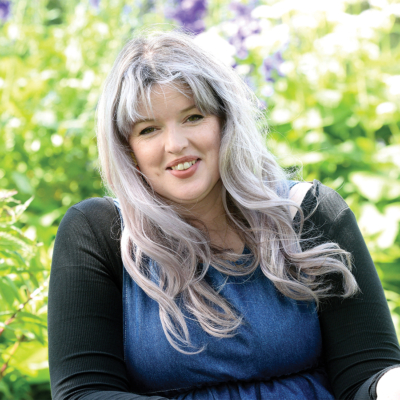The German artist’s new virtual exhibition at Dublin’s Olivier Cornet Gallery is not only about the act of sitting, but also perseverance …

Your exhibition is entitled “Sitzfleisch” can you explain this and your inspiration?
I like playing with language in titling my works, like my piece “Wursthimmel” – Sausage Sky or “Muttersturm” – Mother Storm. Towards finishing a work or after completion, I title them in German, my native language, and then translate them into English. It has its challenges because German compound words stand as one word without spacing. It binds them together and creates a new, sometimes ambiguous meaning.
So for this new show, I decided to start from a title, “Sitzfleisch”, and then create work on that theme. Sitzfleisch breaks down into sitz, meaning seat or sitting and fleisch, meat or flesh; in English you could call it “seat meat” or “sitting flesh”. Sitzfleisch already has a meaning that is commonly used in German expressions and refers to a person’s behind. Having sitzfleisch means being able to endure or persevere in an endeavour, to have stamina and a certain staying power.
From this inspiration, I played with both literal and metaphorical interpretations of Sitzfleisch. I broke the words down, into works like “Frau Lisa Kahlo” (my grandmother in a long dress sitting in a woven chair) and “Hackepeter I + II” (Minced Meat). The idea of seat meat then translates into pieces like “Gabe” (The Gift), a ceramic sculpture of a torso holding a bubble sausage and in studies of my diary sculptures, a series called Compulsive Crustations. They are a reflection on the creative process, the life of an artist; the dedication and perseverance connected to both. It is a show about sitting, flesh, meat and the different modes of having a Sitzfleisch mentality.

Your work is multi-layered and autobiographical – has it evolved over the years?
My work has indeed evolved over the years with building different skills and being fascinated by certain materials and processes. I have always been drawn to a mix of media and sources, intrigued by Dada heroine Hannah Höch’s photomontages and collages, Robert Rauschenberg’s level of experimentation.
The element of layering has symbolic value, a way in which life and art is intertwined, content and context are constantly shifting, as well as placing the work in a certain time and place. In a more applied explanation, a work like “In der Blüte” – In Bloom, is created not on a blank canvas but on a piece of second-hand bedclothes, the transfer print of images show my a photo negative of my mother age 20 and tropical flowers. The materials come with a private, personal history of their own, combined with my combination of imagery and brushmarks. My mother is in bloom, the negative however refers to the fact that in the system of the German Democratic Republic, she didn’t have access to travel to tropical places.
The autobiographical element in my work has grown over the years, I think it is owed to the artists’ life in which boundaries between self and work disappear further. The evolution of my work can at times be subtle, however these subtleties may interconnect into a larger shift in may practice.

How and where do you work?
I have had the luxury of being in an artists’ studio space with other artists at Talbot Studios, worked on my own in a huge warehouse space and now have an attic studio. They all have their benefits and influence on work in terms of studio size relating to size of work, solitude versus interaction, travel to the studio, opening hours or being home with 24/7 access.
I make a lot of little studies and sketches, which happen when I am on the road, travelling or socialising. I like to zone out and draw people, just one-liners really, which act as a journal I guess.
I mostly begin by looking at my photo archives, my family albums or miscellaneous images I bought from eBay. They are my starting point for paintings, drawings and ceramic low relief carvings. Also, writings and moods i are jumping off points. Most of the time, I don’t plan, but do a type of visual brainstorming: an intensive phase of making and experimenting until I run out of momentum. Only then, I am able to step out, I look at what has occurred, evaluate the results and decide what to explore further.

How have you found the recent lockdown – has it been valuable creatively to you?
It’s been a trying time; I just about managed to travel back to Dublin from Germany, where I had my first solo show in my home region. Spending three weeks setting up a show (“Fernauslöser – Remote Release”) in Bad Tabarz, celebrating a greatly attended opening but then having it shut down has felt very peculiar indeed. Some cool gigs also fell through too, for example, I had all preparations and flights for leading a workshop at the German Department at Sheffield University.
In terms of creative value, it has encouraged the thinking of how to be able to show my art in lockdown in closely working with gallerist Olivier Cornet moving the show planned for his gallery in May to a virtual exhibition. It has pushed us to explore new territory in terms of presenting a curated solo show and also hosting an online launch night for people to join.
Running out of white oil paint is like running out of paper, so that presented its own challenge. Being used to working in mixed media has made me reach for gouache and chalks instead to keep working. Also, the limitations through lockdown has me working on projects that have remained untouched for a while, revisiting old sketchbooks and videos as well as collaborating with my partner Kevin Nolan on music and writing.
Having “Sitzfleisch” helps, but like everyone, I cannot wait to be able to move around again and experience things in the flesh – all puns intended!
Need to Know:
Susanne Wawra’s exhibition can be viewed in the new 3D Virtual Space Studio at the Olivier Cornet Gallery, 3 Denmark Street, Dublin 1. www.oliviercornetgallery.com.
LOVETHEGLOSS.IE?
Sign up to our MAILING LIST now for a roundup of the latest fashion, beauty, interiors and entertaining news from THE GLOSS MAGAZINE’s daily dispatches.



